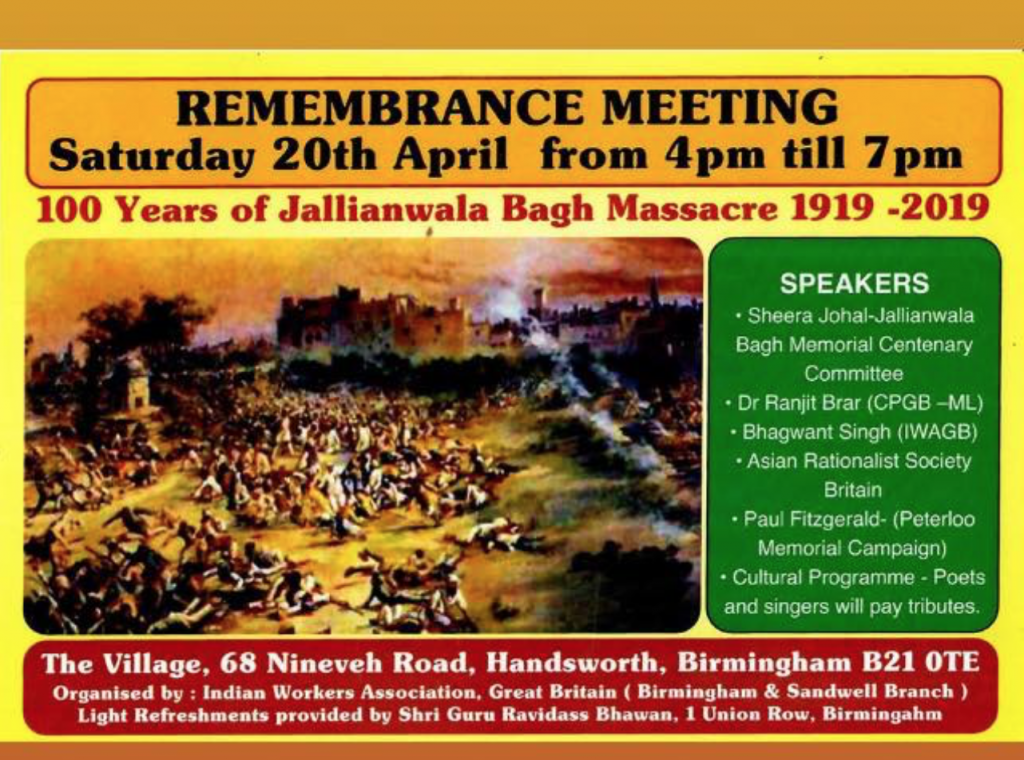Growing up in the fifties and sixties I listened to a lot of music, becoming hooked on the classics. I spent time working in a gramophone record library in my home town of Enfield, alongside Eric Cooper who became quite well known in this innovatory field. We lent out vinyl lps and spent time inspecting borrowers’ stylus tips and the records themselves, recording scratch marks on disks printed on card, just as if hiring a car.
Among the celebrities recording Beethoven, Mozart, Brahms were the likes of Toscanini and Bruno Walter, perhaps the established classic sets of that time. Karajan and Klemperer are coming into view, both with the celebrated Philharmonia Orchestra. Guido Cantelli became a firm favourite, although I didn’t attend any of his concerts. I still enjoy the recordings of Debussy, Ravel and de Falla.
I began visiting the famous HMV store in Oxford Street, in London’s West End, and acquired mono recordings of the Italian and Unfinished symphonies of Mendelssohn and Schubert. Also a couple of 10″ disks of Brahm’s Third and Schumann’s Fourth. I still have these on CD and download.
I began going to concerts, particularly at the Royal Festival Hall, in 1955/6. The conductors for some reason all seemed to have names beginning with “K”. First there was Karajan in a Mozart concert with pianist Clara Haskil, and then Beethoven under Klemperer. Others I was to encounter were Josef Krips, Royalton Kisch, Rafael Kubelik and Rudolf Kempe. I missed out on Keilberth and Knappertsbusch, but there were always recordings in the library! Oh yes there was a young Charles Mackerras. Does that count?! I think it was Harry Newstone who broke the mould. I have kept all these concert programmes. What do I do with them now?
Aimez vous Brahms?
Klemperer in particular became noted for slow speeds. His lumbering presence, after suffering strokes and brain tumours, was reflected in his music making. Not least this was so in Brahms, but I heard a riveting account of Brahms First Symphony, particularly in the granite like conclusion. This is evident on his recording with the Philharmonia. I later found the performance of the Brahms First Symphony is also swift in the first movement when I started catching up with reissues.
I was brought up at a time when slow or deliberate tempi were the norm, but lived to witness a time when authenticity has become the order of the day. When it comes to Brahms a clutch of recordings from chamber ensembles have appeared, comparable to the size of the Meiningen Orchestra which Brahms knew and first performed some of his works. A set came out from the Leipzig Gerwandhaus Orchestra under Riccardo Chailly. This referred back to a set made by the London Symphony and Philharmonic Orchestras in 1939/40 under Felix Weingartner. I find these performances more compelling than many of the new recordings I’ve heard. Music performance is created from momentary feelings and ideas as much as anything and spontaneity is crucial. This seems evident in the Weingartner recordings. Other recordings from the thirties shows much quicker tempi, and these were from people who either knew Brahms, as Weingartner did or were closely linked. Recordings of the two Piano Concerti from Backhaus and Schnabel are considerably faster than performances even now. A recording of the Tragic Overture by Bruno Walter and the New York Philharmonic Symphony Orchestra is also exciting and revealing making you feel this is the way it should go. Subsequent recordings with the Columbia Symphony Orchestra don’t catch this mood.
Carlo Maria Giulini visited Birmingham Symphony Hall with the Philharmonia with Hugh Bean leading. Both have since left us. Brahms Second Symphony was four slow movements and for me painful to sit through. I thought I was used to Klemperer performances, but they certainly didn’t have the same effect.
Looking back at recordings from fifties I found that there were performances among my vinyl collection which were swift in contrast to the prevailing slowing down of the classics favoured by so many of the star conductors. I discovered, or rediscovered that Cantelli’s performance of the Schubert Unfinished Symphony’s first movement was a real allegro. I haven’t heard many performances like this, an exception being Thomas Dausgaard with the Swedish Chamber Orchestra which is, well, fast! Cantelli’s is a performance I want to return to.
Klemperer’s Beethoven became legendary, but the issuing of Roger Norrington’s Beethoven recordings I found a revelation, particularly with Symphonies Two and Eight which I had on cassette. I found Harnoncourt fine, but the performances I enjoy above all came from an unexpected source: Emmanuel Krivine with the Chambre Philharmonique which really points up a link between these works and dance or folk traditions that existed, on which Beethoven must have drawn. They can all be seen on Youtube. Similarly Mozart Symphonies from Jos van Immerseel and Musica Aeterna, Bruges are exhilerating.
